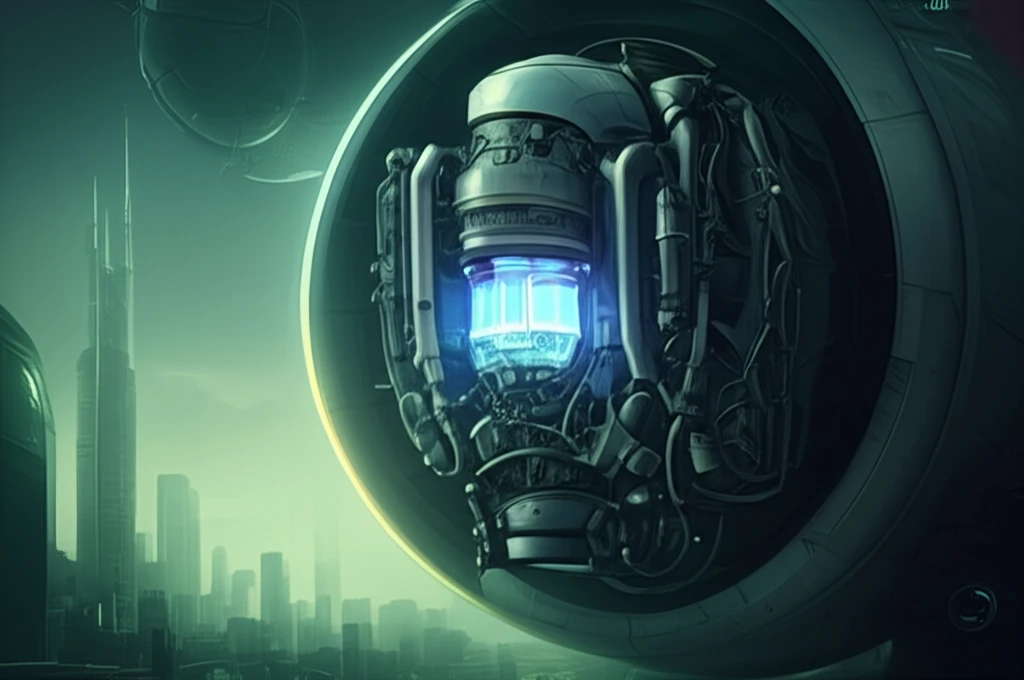
Hydrogen Combustion: Is It the Future of Green Engines?
"Explore how advancements in hydrogen direct injection could revolutionize engine efficiency and reduce emissions, paving the way for sustainable transportation."
The quest for cleaner, more efficient engines has led researchers down many paths, but one of the most promising involves hydrogen. Unlike fossil fuels, hydrogen combustion produces only water as a primary byproduct, offering a tantalizing glimpse into a future where transportation contributes far less to air pollution. However, harnessing hydrogen's potential isn't as simple as swapping one fuel for another. It requires innovative engine designs and combustion strategies to maximize efficiency and minimize unwanted emissions like NOx.
Argonne National Laboratory has been at the forefront of this research, focusing on hydrogen direct injection (H2DI) engines. These engines inject hydrogen directly into the combustion chamber, allowing for greater control over the combustion process compared to traditional port fuel injection systems. Recent advancements at Argonne have led to significant improvements in engine efficiency and emissions control, bringing us closer to a sustainable transportation future.
This article will explore the innovative work being done at Argonne, focusing on the advancements in engine geometry, fuel injection strategies, and the potential for turbocharged hydrogen engines. We'll break down the science in an accessible way, highlighting how these developments could pave the way for cleaner, more efficient vehicles in the years to come.
Boosting Efficiency with Design and Injection

One of the key areas of focus has been optimizing the engine's geometry. By increasing the compression ratio and lengthening the piston stroke, researchers at Argonne have created a new engine configuration that significantly boosts thermal efficiency. A higher compression ratio means that the air-fuel mixture is compressed to a greater extent before ignition, leading to more complete combustion and greater energy extraction. The longer piston stroke also creates a more favorable volume-to-surface ratio in the combustion chamber, which reduces heat loss to the cylinder walls.
- Increased compression ratio for more complete combustion.
- Longer piston stroke to reduce heat loss.
- Faster, more precise piezo-activated fuel injectors.
- Greater control over fuel timing and spray patterns.
The Road Ahead for Hydrogen Combustion
The research at Argonne National Laboratory demonstrates the significant potential of hydrogen direct injection engines to achieve high efficiency and low emissions. While challenges remain in optimizing fuel injection strategies and achieving stable combustion across all operating conditions, the advancements made thus far offer a compelling vision of a future where hydrogen-powered vehicles play a key role in sustainable transportation. Ongoing research and development in this field are essential to unlocking the full potential of hydrogen as a clean and efficient energy carrier.
